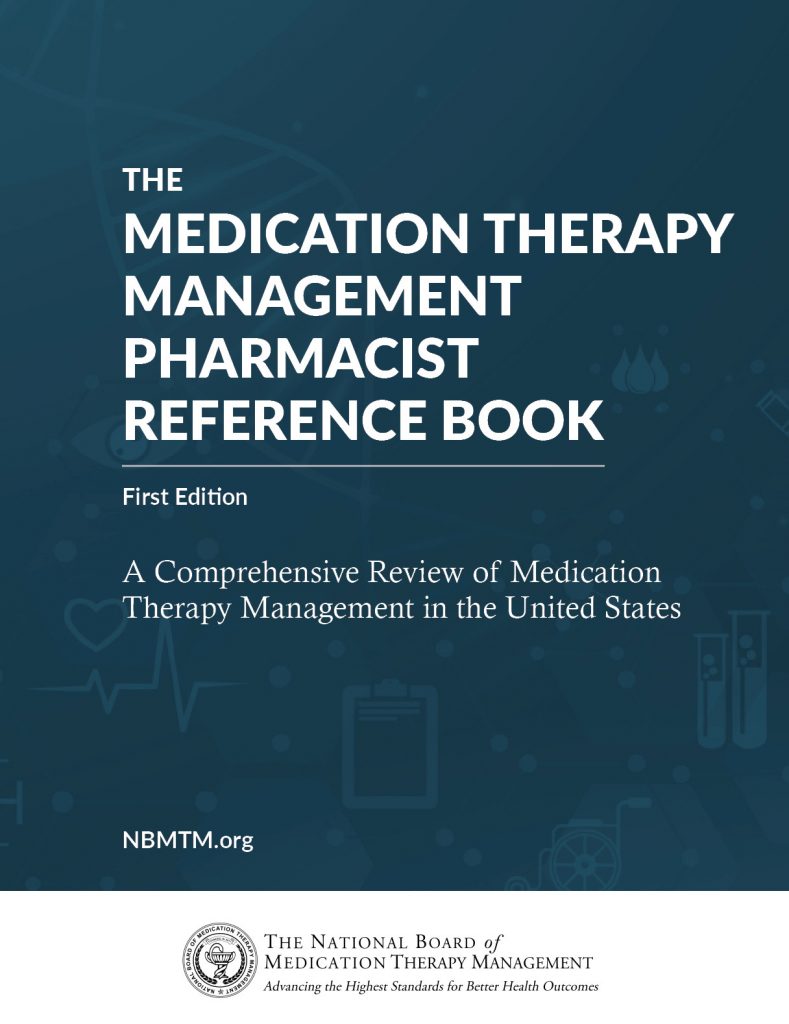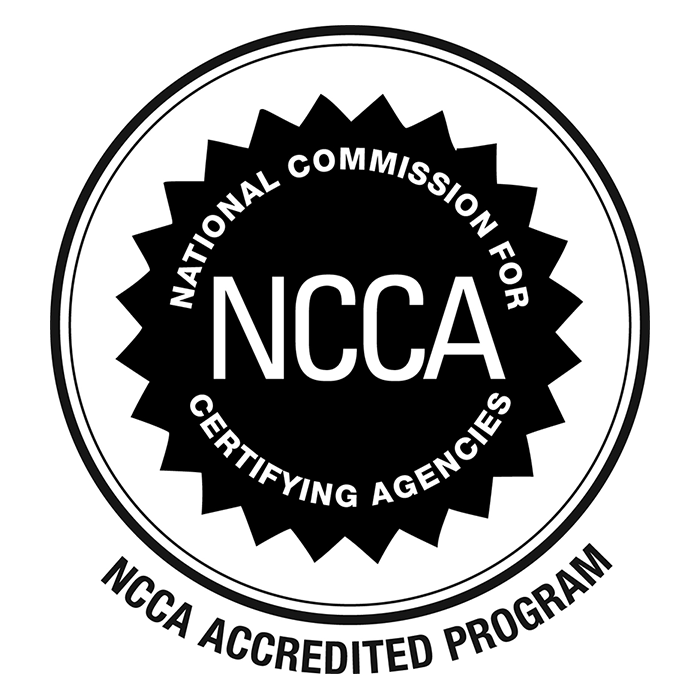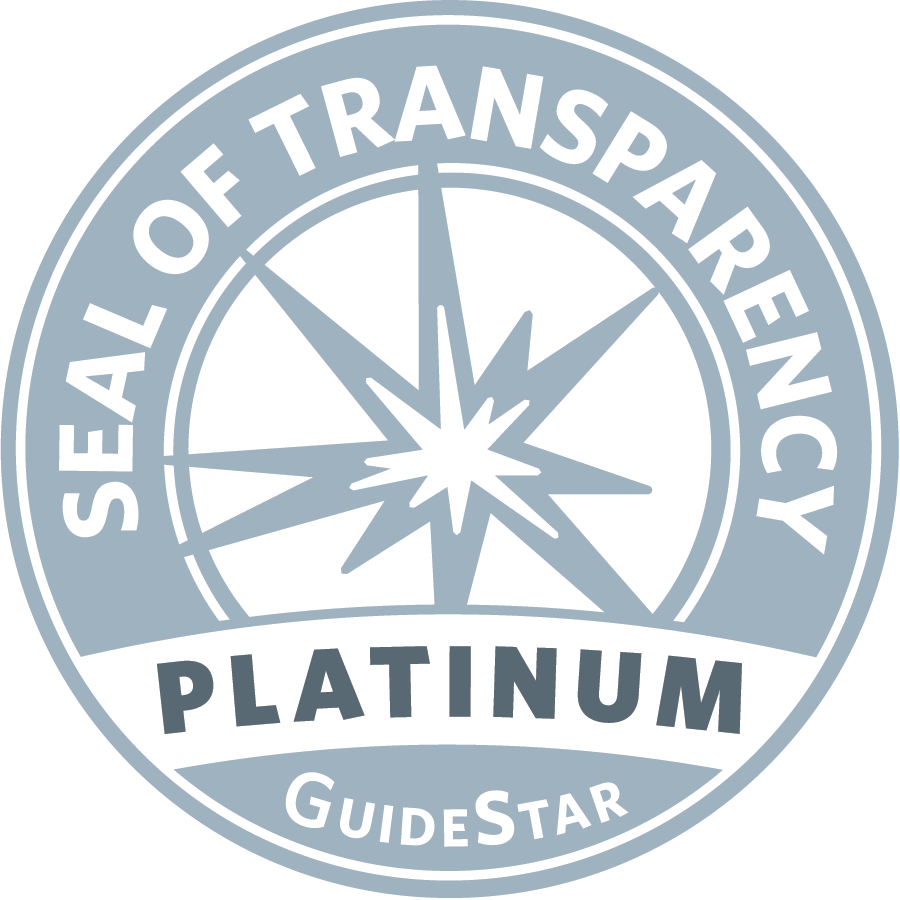
Chapter 2: Comprehensive Medication Management versus Comprehensive Medication Review
CMR is a core element of MTM, but some use the terms interchangeably.1,2,3 More precisely, CMR and TMR are different types of MTM services. The specific objectives of CMR and the global objectives of MTM are defined previously in this document.
A CMR can occur in a variety of settings, including a retail pharmacy, a hospital, a clinic setting, via telehealth, or telephonically. The data show that the majority of paid CMR service happens telephonically, with a smaller portion happening in clinical settings.4
In 2013, the Centers for Medicare and Medicaid Services (CMS) began requiring Part D plans to offer CMR annually to their beneficiaries, and 100% of plans were offering it by 2010.4,5 CMR can be offered via face-to-face appointment or over the telephone. All Medicare Part D plans offer telephonic CMR while about one-fourth pay for a face-to-face consultation.4 Initially, plan sponsors were not required to offer CMR to patients in a Long-Term Care (LTC) setting; the exemption was changed in January 2013.4
Comprehensive Medication Management (CMM)
The Patient-Centered Primary Care Collaborative (PCPCC) defines CMM as6:
The standard of care that ensures each patient’s medications (whether they are prescription, nonprescription, alternative, traditional, vitamins, or nutritional supplements) are individually assessed to determine that each medication is appropriate for the patient, effective for the medical condition, safe given the comorbidities and other medications being taken, and able to be taken by the patient as intended. Comprehensive medication management includes an individualized care plan that achieves the intended goals of therapy with appropriate follow-up to determine actual patient outcomes. This all occurs because the patient understands, agrees with, and actively participates in the treatment regimen, thus optimizing each patient’s medication experience and clinical outcomes.
PCPCC identifies the following procedures that are performed in CMM6:
- An assessment of the patient’s medication-related needs.
- Identification of the patient’s medication-related problems.
- Development of a care plan with individualized therapy goals and personalized interventions.
- Follow-up evaluation to determine actual patient outcomes.
A CMM program contains many of the same elements as a CMR, but is more comprehensive, deals with more complex medical problems, and is interested in incorporating the pharmacist directly into the care team.7 CMM builds on CMR by having a broader focus that includes other elements of the patient’s care, like clinical outcomes and personal goals of therapy. CMR incorporates elements of patient history into the creation of pharmacotherapy-based recommendations, while CMM both incorporates patient history into recommendations and makes recommendations intended to impact elements of the patient’s history through measurable clinical outcomes.
Cost and Reimbursement
CMS does not require reimbursement for CMM, so the practice is a cost-reducer, rather than a revenue generator. Organizations most likely to implement CMM are those that can absorb the risk associated with cost, including Accountable Care Organizations (ACOs), Patient-Centered Medical Homes (PCMHs), and academic medical centers.
Some clinical duties may be reimbursed in some states by pharmacists using incident-to billing codes.8
Clinical Privileges
A pharmacist practicing CMM is almost always practicing under a Collaborative Practice Agreement (CPA)7, which allows the pharmacist to initiate and modify pharmacotherapy under the authority of a prescriber. The pharmacist typically has access to the Electronic Health Records (EHR) system, with the ability to “read and write” clinical documentation. They may also conduct clinical assessments using readily available data from the patient’s chart, including labs, radiography, and clinical notes.
A readily identifiable example of CMM is anticoagulation management. In pharmacist-led anticoagulation clinics, the pharmacist acts as “provider” with face-to-face appointments where the pharmacist gathers a problem-based patient history, performs point-of-care (POC) testing, and recommends dose adjustments directly to the patient.9,7 Pharmacist-led diabetes clinics are another example.7,10
Clinical Settings
CMM may occur in many of the same settings as CMR, including telephonically, face-to-face in outpatient primary care of specialty clinics, via telehealth, at patient homes, and in PMCHs. Despite the possibility of significant overlap, there are identifiable differences in practice.
Since CMS requires reimbursement for one CMR annually, there is a need for this service to be greater-reaching than CMM, especially into communities without pharmacists or other healthcare professionals trained to provide CMRs. The need for wide-spread access is likely a driver for the high number of CMRs performed telephonically.4
CMM programs report a higher number of face-to-face appointments versus over the telephone (40% vs. 60% in one case) compared to medicare Part D plans that pay for CMR.7 The disparity may be partly explained by the types of organizations that implement CMM – those better able to absorb cost risk and those already positioned to place pharmacists in a “provider” role, considering that a CPA and EHR access are often minimum requirements.
Transition of Care and medication reconciliation are additional components of CMM that act as determinants of clinical settings. Hospital pharmacists are often performing these services as part of their regular job duties, so the transition in this setting is also a soft one.7
- American Pharmacists Association, & National Association of Chain Drug Stores Foundation. (2008). Medication therapy management in pharmacy practice: core elements of an MTM service model (version 2.0). Journal of the American Pharmacists Association : JAPhA, 48(3), 341–353. https://doi.org/10.1331/JAPhA.2008.08514
[↩] - Ferries, E., Dye, J. T., Hall, B., Ndehi, L., Schwab, P., & Vaccaro, J. (2019). Comparison of Medication Therapy Management Services and Their Effects on Health Care Utilization and Medication Adherence. Journal of Managed Care & Specialty Pharmacy, 25(6), 688–695. https://doi.org/10.18553/jmcp.2019.25.6.688
[↩] - Pattah, V. (2015). MTM and the CMR completion rate: What community Pharmacists need to know. http://www.ncpa.co/pdf/pqm-cmr-completion.pdf
[↩] - CMS. (2012). Medicare part D Medication Therapy Management (MTM) programs for 2008. https://www.cms.gov/Medicare/Prescription-Drug-Coverage/PrescriptionDrugCovContra/Downloads/CY2012-MTM-Fact-Sheet.pdf
[↩] [↩] [↩] [↩] [↩] - Daniella Perlroth, et al., Accumen, LLC. (2013). Medication Therapy Management in chronically ill populations. https://innovation.cms.gov/files/reports/mtm_final_report.pdf
[↩] - PCPCC Medication Management Task Force. (2012). Integrating Comprehensive Medication Management to optimize patient outcomes resource guide. https://www.pcpcc.org/sites/default/files/media/medmanagement.pdf
[↩] [↩] - McInnis, T. Capps, K. (2016) Get the medications right: a nationwide snapshot of expert practices—Comprehensive medication management in ambulatory/community. https://gtmr.org/wp-content/uploads/2016/10/GetTheMedicationsRight.v22final-5.20.pdf
[↩] [↩] [↩] [↩] [↩] [↩] - Cavanaugh, J. R., Canupp, H. C., & DeRemer, C. E. (2019). FAQ: Pharmacist billing using “incident-to” rules non-facility (physician-based) ambulatory clinic date of publication: March 2019. https://www.ashp.org/-/media/assets/pharmacy-practice/resource-centers/ambulatory-care/incident-to-billing-2019.ashx
[↩] - Hou, K., Yang, H., Ye, Z., Wang, Y., Liu, L., & Cui, X. (2017). Effectiveness of pharmacist-led anticoagulation management on clinical outcomes: A systematic review and meta-analysis. Journal of Pharmacy & Pharmaceutical Sciences : A Publication of the Canadian Society for Pharmaceutical Sciences, Societe Canadienne Des Sciences Pharmaceutiques, 20(1), 378–396. https://doi.org/10.18433/J3SQ0B
[↩] - Al-Omar, L. T., Anderson, S. L., Cizmic, A. D., & Vlasimsky, T. B. (2019). Implementation of a pharmacist-led diabetes Management Protocol. American Health & Drug Benefits, 12(1), 14–20. https://www.ncbi.nlm.nih.gov/pubmed/30972149
[↩]



